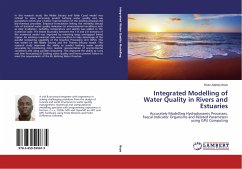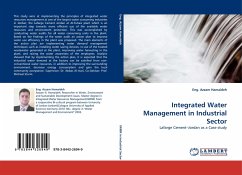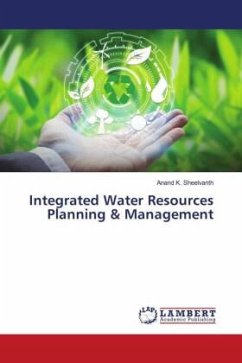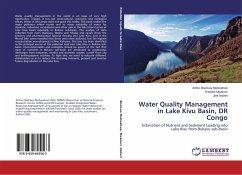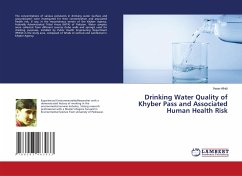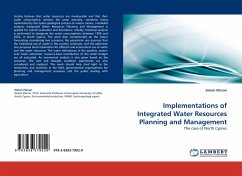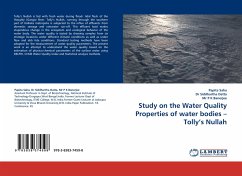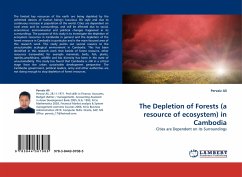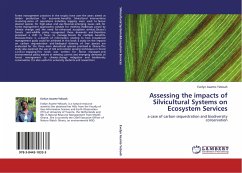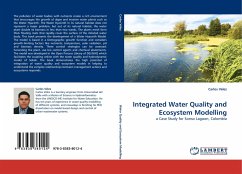
Integrated Water Quality and Ecosystem Modelling
a Case Study for Sonso Lagoon, Colombia
Versandkostenfrei!
Versandfertig in 6-10 Tagen
39,99 €
inkl. MwSt.

PAYBACK Punkte
20 °P sammeln!
The pollution of water bodies with nutrients create a rich environment that encourages the growth of algae and invasive water plants such as the Water Hyacinth. The Water Hyacinth in its natural habitat does not represent a major problem, but out of its natural habitat, the water plant double its biomass in less than two weeks. The plants mesh form thick floating mats that rapidly cover the surface of the infested water body. This book presents the development of a Water Hyacinth Model. The model is based in a Demographic growth function and considers growth-limiting factors like nutrients, te...
The pollution of water bodies with nutrients create a rich environment that encourages the growth of algae and invasive water plants such as the Water Hyacinth. The Water Hyacinth in its natural habitat does not represent a major problem, but out of its natural habitat, the water plant double its biomass in less than two weeks. The plants mesh form thick floating mats that rapidly cover the surface of the infested water body. This book presents the development of a Water Hyacinth Model. The model is based in a Demographic growth function and considers growth-limiting factors like nutrients, temperature, solar radiation, pH and biomass density. Three control strategies can be assessed: harvesting the plant, use bio control agents and chemical abatements. The model was developed in the Open Process Library of DELWAQ which facilitates the coupling online with the water quality and hydrodynamic model of Sobek. The book demonstrates the high potential of integration of water quality and ecosystem models in helping to understand the complex relationships between management actions and ecosystems responds.



